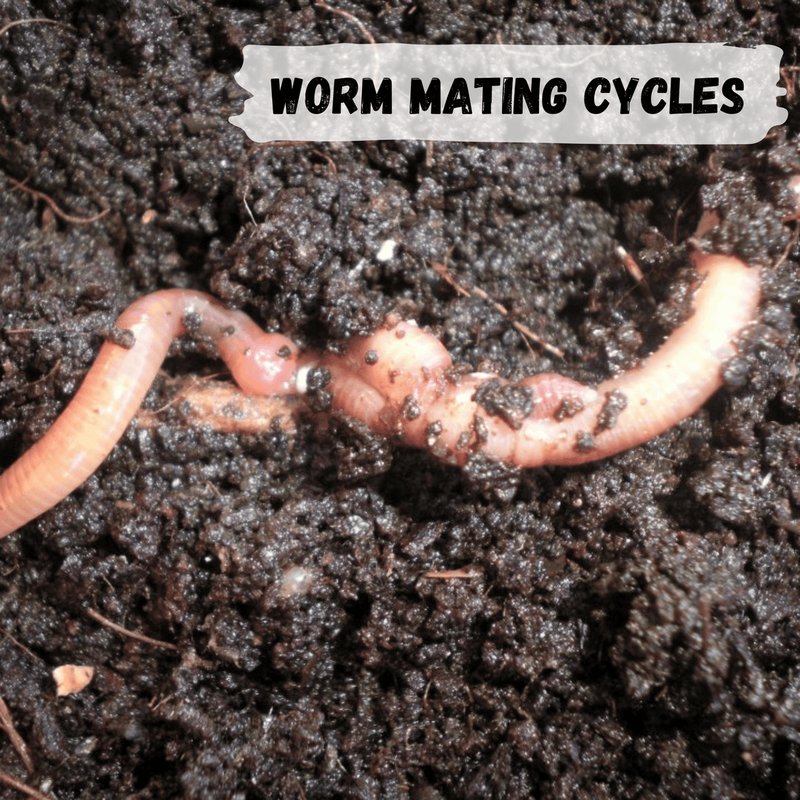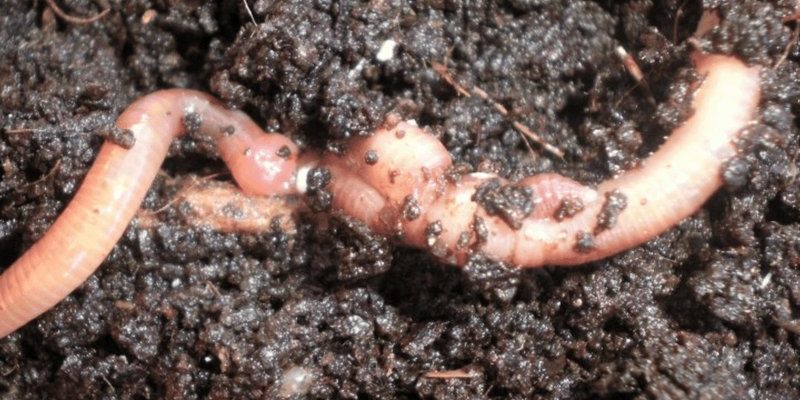
Now, there are many types of worms, but when it comes to composting, the stars of the show are usually red wigglers, like those from the popular brand, *Wiggly Worms*. They thrive in controlled environments, turning kitchen scraps into rich compost. So, let’s dig into the world of worm reproduction—think of it as an adventure in your own backyard!
The Basics of Worm Reproduction
Worms are hermaphrodites, which means each one has both male and female reproductive organs. This unique feature makes their mating process pretty efficient. When two worms mate, they exchange sperm with each other. Imagine it like a dance where both partners are equally important.
After mating, the worms separate, but they each have the potential to fertilize their eggs. They can produce clutches of up to 20 eggs at a time, depending on the conditions in their bin. Factors like temperature, moisture, and the food they eat play a huge role in their reproductive success. If they’re happy and well-fed, they could reproduce quite rapidly!
How Worm Mating Happens
The mating process starts when two worms align themselves side by side. They secrete mucous that helps them stick together, forming a clump. This sticky embrace lasts several hours, with both worms exchanging sperm. They then separate, but the process isn’t done yet!
Once the worms are done mating, they move on to laying eggs. They will periodically produce a cocoon—a protective casing for their eggs—that can house multiple fertilized eggs. This is where the magic happens. Think of the cocoon as a tiny nursery where future baby worms will develop.
What Happens After Mating?
After laying eggs, the cocoons remain in the compost for about two to three weeks. During this time, the conditions in the worm bin need to stay just right—moist and warm. If the environment is ideal, the eggs will begin to hatch into baby worms, also known as juveniles.
The newly hatched worms are incredibly small and can be mistaken for tiny specks of dirt. They start out as tiny, white worms and gradually grow into the familiar red wigglers we know. You might be wondering how long it takes for them to mature. Well, it can take about 8 to 10 weeks for them to become adults, depending on factors like food availability and temperature.
Understanding Worm Eggs and Cocoons
Worm cocoons are usually yellowish or brown and can be found scattered throughout the compost bin. Each cocoon can contain up to four eggs. You’ll often spot them while turning your compost or sifting through the bin. It’s like finding little treasures!
When you find these cocoons, it’s a good sign that your worms are healthy and reproducing. It also means that your composting system is thriving. To help your worms thrive, make sure they have a balanced diet of greens (like fruit scraps) and browns (like shredded paper or dry leaves). This balance helps them create those precious cocoons!
The Role of Temperature in Reproduction
Temperature plays a crucial role in worm reproduction. Think of worms as Goldilocks— they like it neither too hot nor too cold. The ideal temperature for red wigglers is between 55°F and 77°F (about 13°C to 25°C). If it gets too hot or too cold, worms can become sluggish and may not reproduce as frequently.
If you’re keeping a worm bin outdoors, pay attention to the seasonal changes. In colder months, you might want to bring your bin indoors to keep the temperature steady. Conversely, during hot summer days, make sure the bin is shaded to prevent overheating.
Common Challenges in Worm Reproduction
Sometimes, even with the best intentions, worm reproduction can hit snags. For example, if your worm bin is overly wet, it could lead to suffocation rather than healthy reproduction. Worms breathe through their skin, so excess moisture can drown them.
Another issue is the lack of food. If worms don’t have enough nutrients, they’ll slow down their reproductive process. Make sure to feed them a variety of organic waste but avoid overfeeding. A good rule of thumb is to feed them only what they can consume within a few days.
Why Worm Reproduction Matters
So, why should you care about worm reproduction? Well, a thriving worm population is essential for a healthy compost bin. More worms mean more compost, which benefits your garden by adding nutrients to the soil. It’s a win-win!
Also, understanding worm reproduction helps you maintain a balanced, productive system. If you see fewer worms or cocoons, it might indicate that something’s wrong. By keeping an eye on their mating habits and egg production, you can create the ideal environment for your little helpers.
Final Thoughts on Worm Bin Worm Reproduction
Worm reproduction is a remarkable part of the composting process, and it can be incredibly rewarding to witness. From mating to egg-laying, every step is vital for maintaining a healthy environment for your worms. By understanding their needs and challenges, you can create the perfect home for these eco-friendly workers.
So, whether you’re an experienced worm wrangler or just starting, keep an eye out for those cocoons. They’re not just eggs; they’re a sign that your composting efforts are paying off. Happy composting!

